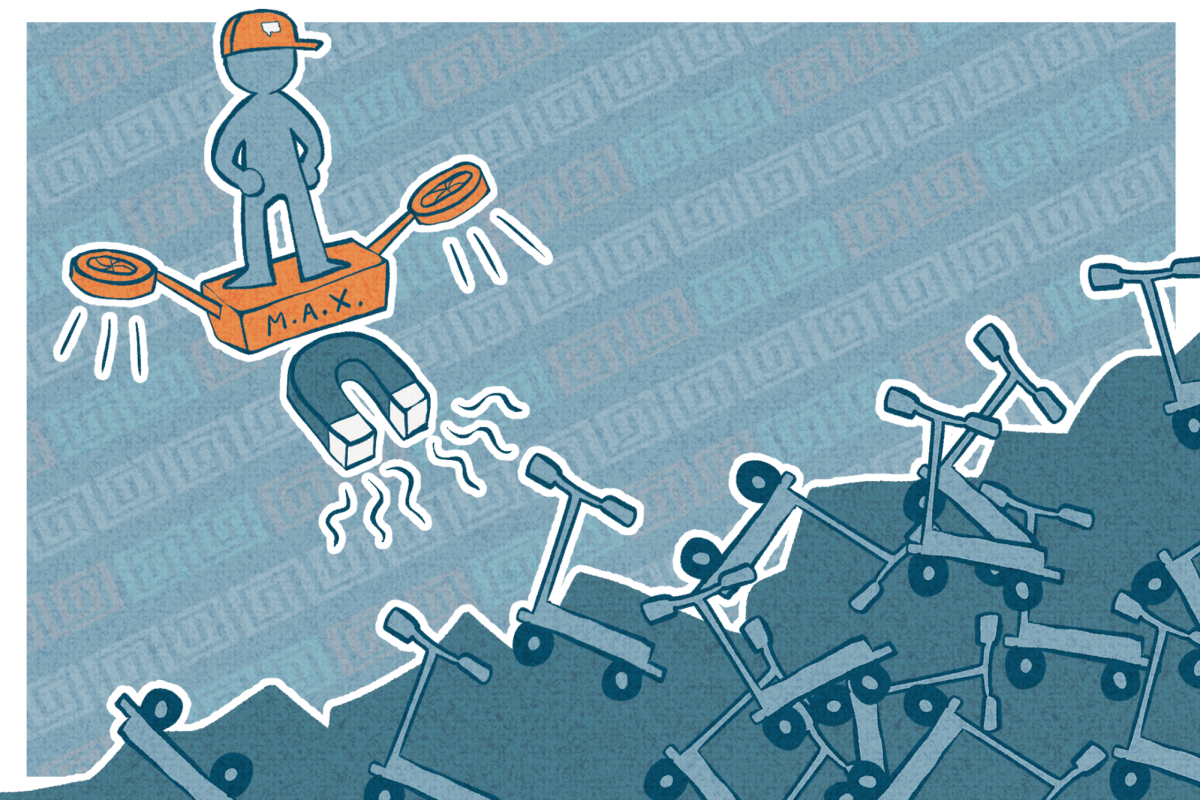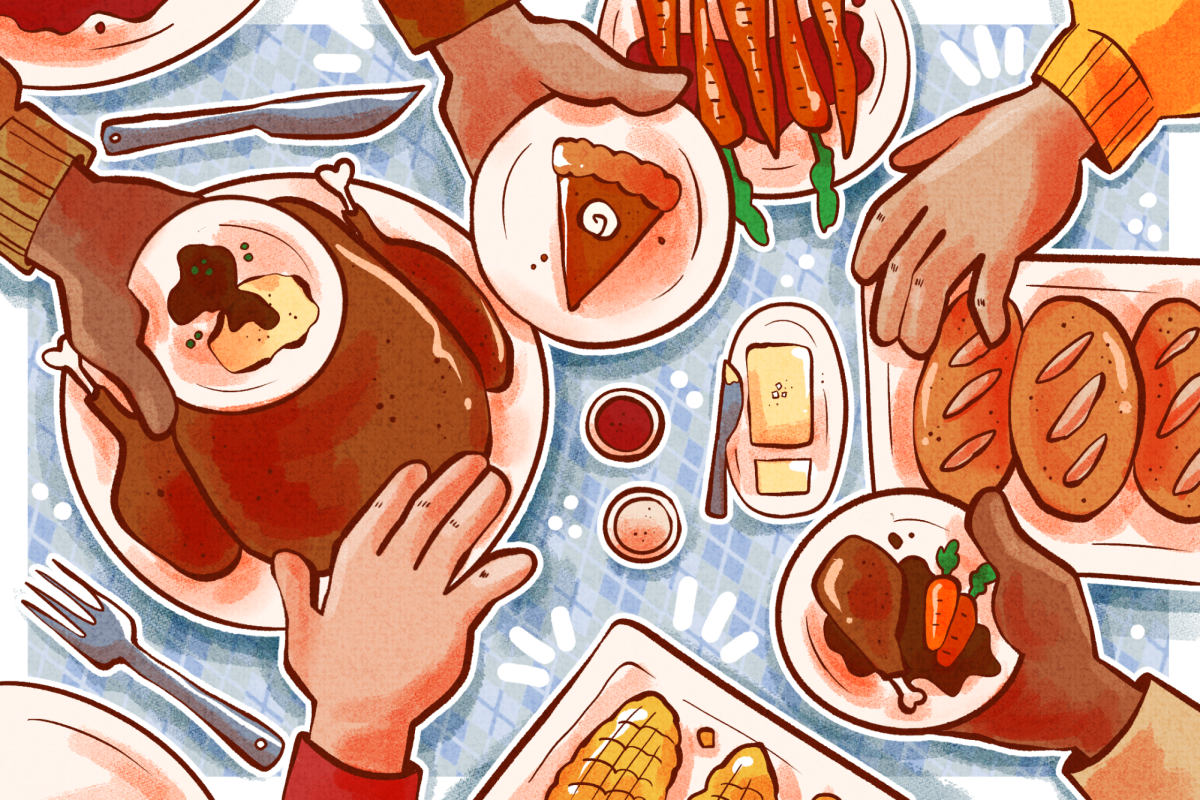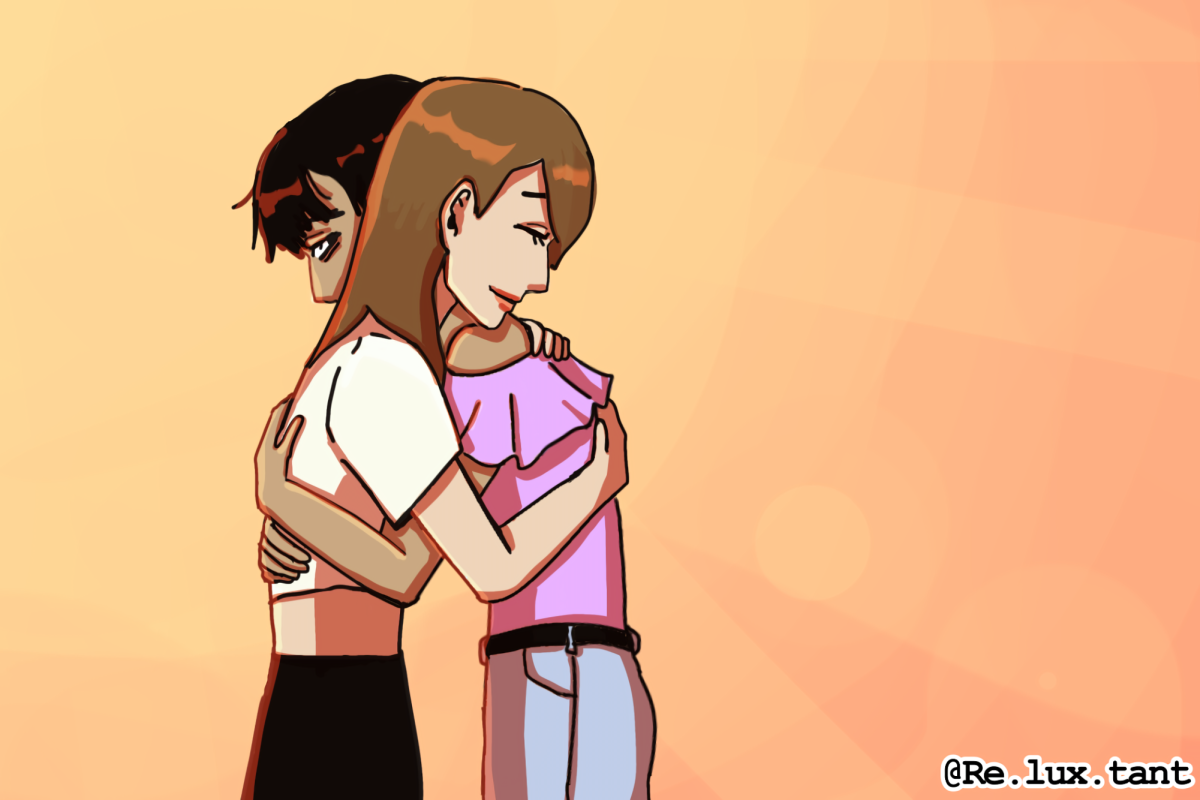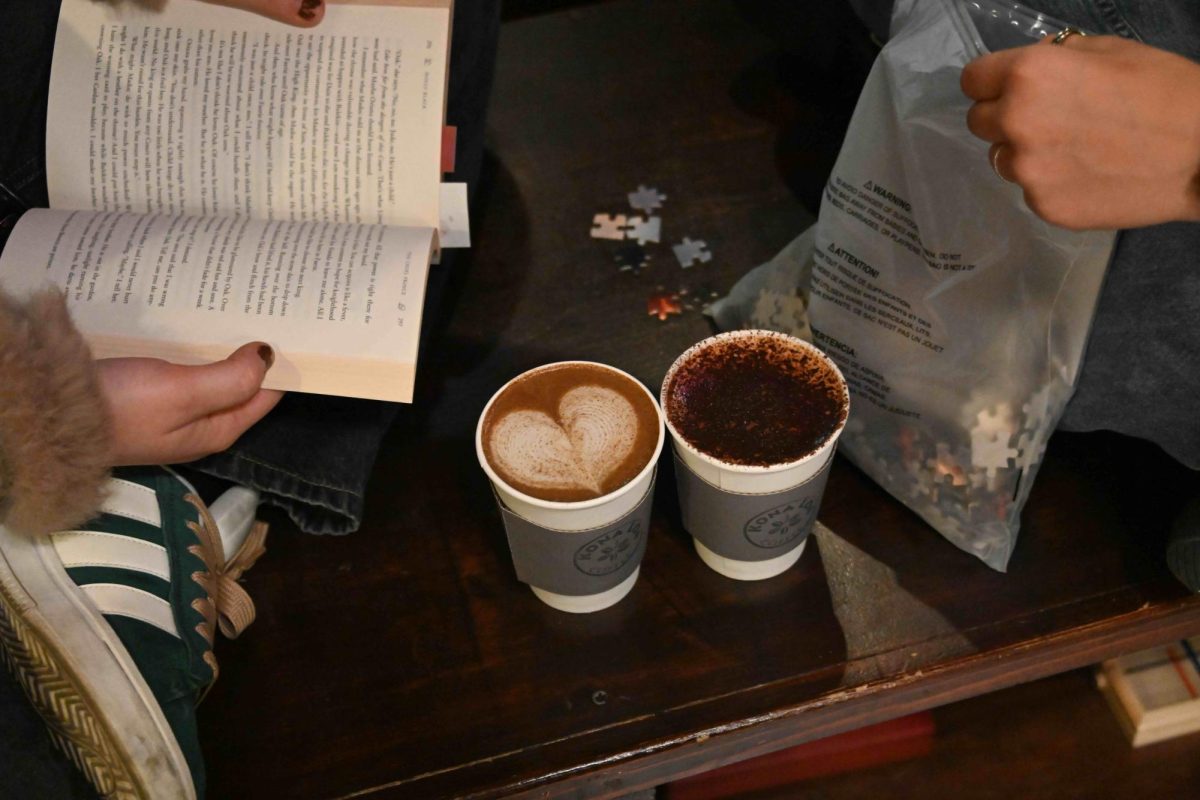Who doesn’t want a “meet-cute” — to meet a future partner under novel or cute circumstances that can be recounted at dinner parties or random TikTok street interviews?
There’s something to having the story of your meeting be as compelling as the relationship itself: a chance meeting at a bookstore discussing Haruki Murakami, a shared glance across a crowded subway car or a conversation sparked by a mutual love of jazz at a local record shop.
Sure, you could meet folks through matchmakers or places like school or work, but the art of meet-cutes and serendipity seems almost lost today.
Our generation’s desire for organic interactions reflects a bygone age where public and social spaces were fertile grounds for organic connection. Today, those spaces are dwindling.
As college students, we have the unique benefit of being surrounded wholly by adults our age with similar experiences, a luxury that only a fraction of us will ever have the privilege to enjoy.
Get The Daily Illini in your inbox!
The reality our forebears built for us — the rise of remote work, suburban sprawl and the decline of traditional social institutions like churches, clubs and neighborhood associations — have all reduced opportunities for organic interactions.
With technology’s growing influence on our daily lives, it becomes clear why many now turn to dating apps to find connections in an increasingly fragmented world. Have dating apps killed the meet-cute due to their cold, unfeeling algorithms?
There’s no doubt that they’re efficient and solve a problem that only a massive societal overhaul could fix. For one, dating apps reduce “search costs” associated with finding a partner. In economics, search costs refer to the time, effort and resources expended to find a suitable match.
Our friends Tinder, Bumble and Hinge create platforms that streamline the matching process through sheer volume, with filters for preferences, proximity and shared interests.
These apps create what economists call “two-sided markets.” They engage two groups: people looking for partners and people offering themselves as potential matches.
In theory, these distinct groups provide each other with benefits. The more users there are, the more valuable the platform becomes. This mismatch and perhaps burnout happens when the seeker’s feelings are not reciprocated by the potential partner — just like in real life.
Dating apps also rely on “economies of scale” to continue functioning — having critical mass so that you’re likelier to get that match, and the dating app does its job.
Similarly, they rely on “network effects,” where a good or service becomes more valuable when more people use it. The success of the platform depends on keeping both sides active and engaged.
Apps like Instagram and Twitter rely on an algorithm whose stated purpose is to generate screen time and keep you engaged with content they tailor to your feed, knowing you’ll interact with it.
However, the stated goal of dating apps is to help users find lasting relationships, which doesn’t exactly align with engagement.
In a perfect world, the dating app would pull from its broad pool your ideal match who enjoys Murakami, subways and jazz records and send you on your merry way. Yet, in doing this, the app quickly loses a customer.
Instead — to maintain profitability — dating apps must prioritize user engagement, which often means encouraging behaviors that keep their users swiping rather than pairing off.
Features like the endless scrolling emblematic of all modern-day apps and in-house dating app originals like algorithmic matching and super likes, among other gamified elements, maximize time spent on the app rather than improve the quality of matches.
Certain user experience aspects, like swiping, make being on the app a satisfying pastime, ignoring the stated goal of finding a match altogether.
How many of us can say we just “play Tinder,” casually looking through potential matches to pass the time? It turns out that when you “play Tinder,” you represent a market failure.
Dating apps want you to succeed, but it’s only their second priority. Their first will always be engagement metrics.
The attention economy rules the digital landscape, and our generation must reckon with it as more and more institutions like (for lack of a better term) meet-cute infrastructure are replaced by apps on our phones.
How do we get out of this? I don’t have the answer. But using dating apps is ultimately a choice, and the numbers are hard to beat.
Pew Research Center reports that 3 in 10 adults have used a dating app. With numbers like that — and perhaps some persistence — maybe finding your ideal partner on Tinder is just a matter of time.
But for those who want a traditional matching experience, you’re not alone. More and more people are recognizing the benefits of having real-world spaces where people can meaningfully and organically interact with each other.
Maybe finding and committing to these will take more time, more diligence and, more terrifyingly, putting yourself out there. But who cares about efficiency when you have a good story?
Raphael is a junior in LAS and avoids Hinge like the plague.












